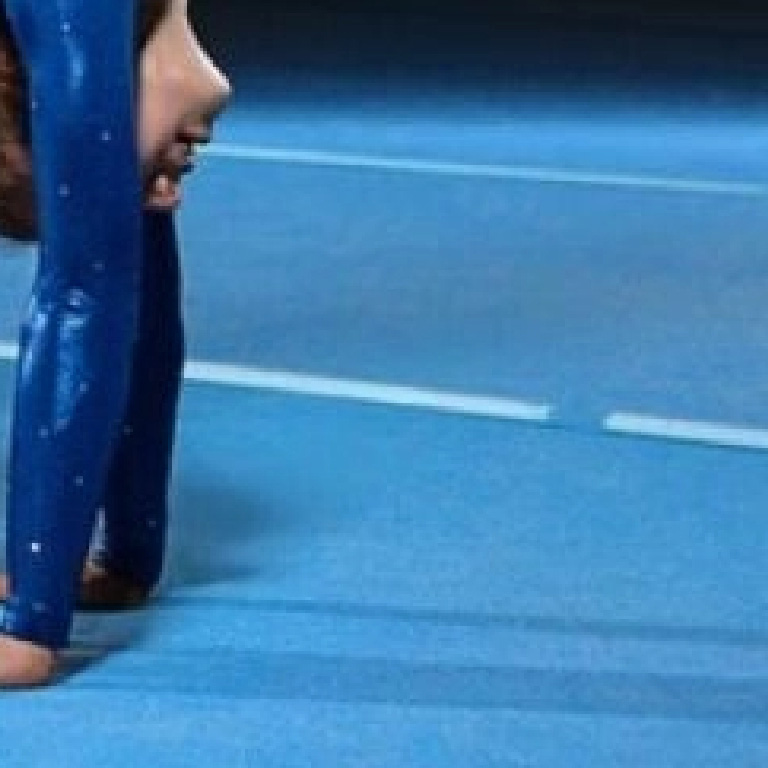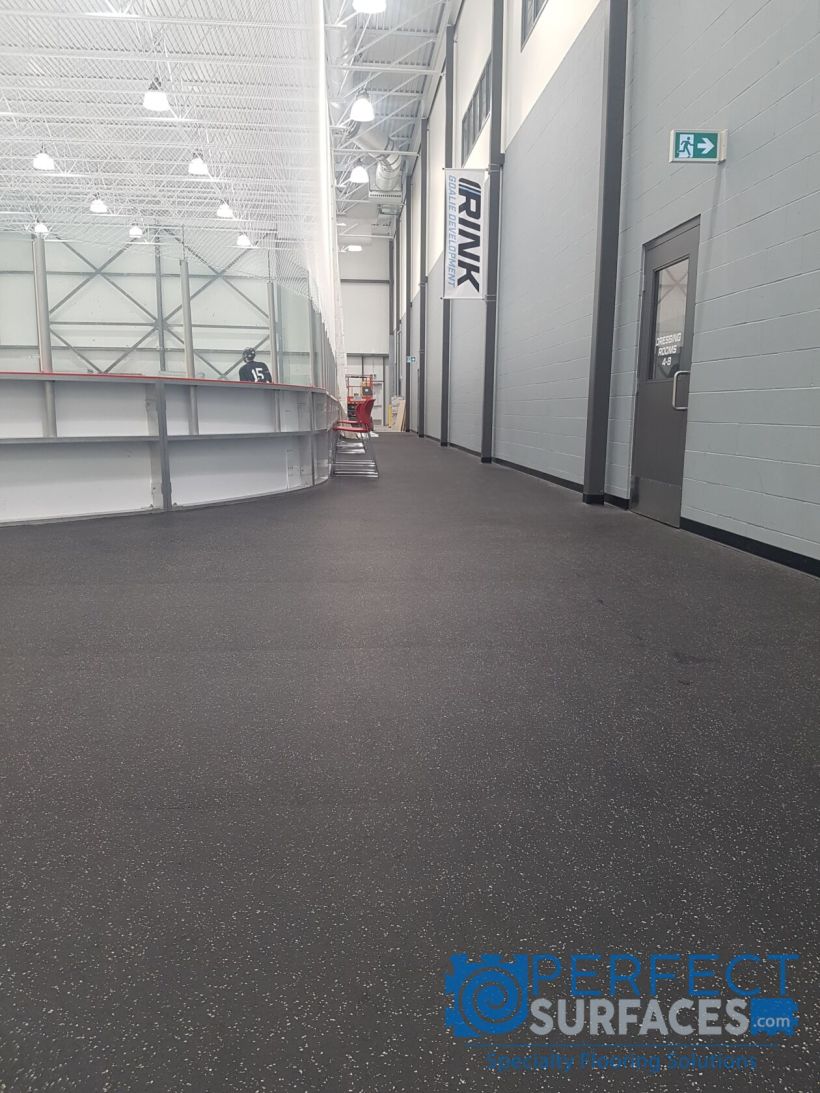Rubber Flooring Pros & Cons
If rubber flooring is a consideration for an upcoming project, reviewing the following segment will provide some insight prior to making a purchase by outlining the pros and cons of rubber floors. Rubber flooring is popular in commercial and residential spaces due to its durability, slip resistance, water resistance, eco-friendly nature, and ease of installation.
The flexibility of resilient rubber floors makes them a great option for homeowners who want to renovate a garage, patio, deck, or home gym. Durable rubber flooring is also excellent for high-traffic, heavy-use spaces like commercial gyms, daycares, and animal centers. This post explores the benefits and drawbacks of rubber flooring and summarizes the best rubber flooring options for different spaces.

Rubber Flooring Pros
Versatile rubber flooring is available in three different formats- rubber interlocking tiles, rubber sheets and mats, and rubber rolls. Slip-resistant rubber floors are easy to install and, when vulcanized, are also water-resistant- making resilient rubber a fantastic material for outdoor and indoor rubber fitness flooring, rubber interlocking patio tiles, durable rubber garage flooring, animal facility rubber floors, and rubber playground surfacing.
The long-lasting durability of rubber is another feature that sets it apart from inferior flooring products. Rubber gym mats are strong enough to withstand high-impact workouts; they reduce sound and vibration transmission and provide anti-fatigue properties to avoid undue stress on joints. Rolled rubber floors are eco-friendly and constructed primarily of recycled materials such as rubber tires, reducing waste and promoting sustainability. Many rubber flooring options are also DIY-friendly, removing the costly barrier of professional installation and allowing for a quick and easy upgrade to any space for a range of budgets.

Rubber Flooring Cons
The weight of rubber flooring materials can range from lightweight and easy to manage to quite heavy, depending on the format, size and density/thickness of the rubber selected. Rubber interlocking tiles and durable rubber mats are smaller and, therefore, generally more manageable than rolled rubber, which will typically require more than one person to maneuver. Further, due to the process of converting recycled rubber, recycled rubber flooring is commonly manufactured in only solid black, single colors, or solid black with EPDM color speckles.
While economical rubber flooring options are available, premium rubber floors tend to carry a higher price tag and can limit attainability for some. However, it is important to note that the durability of a premium rubber certainly merits the upfront cost since replacement due to degradation will not be required in the lifetime of a premium rubber product when used for its intended purposes. Additionally, while some rubber mats produce a smell (off-gassing) that may be offensive, virgin rubber products boast low VOCs and are ideal for those with odor sensitivities.

What is Commonly Used? Rubber Sheets, Rubber Rolls or Tiles.
Since rubber interlock tiles and sheet rubber can be installed without glue or tape, DIY enthusiasts and projects that require quick installation will typically opt for these formats. Rubber tile flooring and mats are also ideal for smaller spaces and can be easily removed and replaced without damaging the subfloor.
Rolled rubber flooring is generally preferred for large surface areas, providing a smooth finish with fewer seams when installed. However, rubber rolls are the heaviest format and often require professional installation and a permanent glued-down application for best results. Selecting the best rubber flooring for any unique project will depend very much on the intended use of the space. Contact the products experts at Perfect Surfaces for more advice on the best flooring option for your project.


















